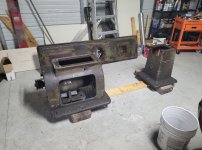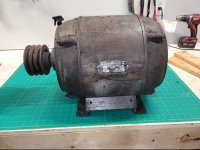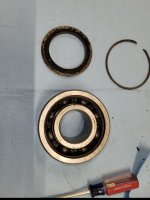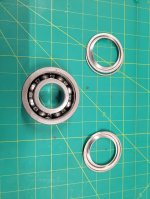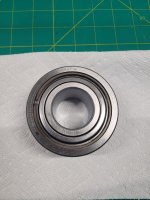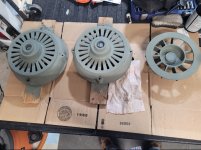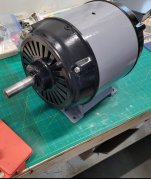Well the cold weather and holidays shut me down for awhile. But I'm back at it again. I found an old school machine shop with a hot tank, he dipped my entire bed and the two small legs for $80 bucks! It came out like new, and had a light coat of flash rust by the time I got home. I went ahead and slapped a nice coat of self etching primer on everything until I decide when to paint everything.
I'll be taking the leg castings and other body castings for hot dip next week sometime.
I'll post some pictures shortly.
I'll be taking the leg castings and other body castings for hot dip next week sometime.
I'll post some pictures shortly.







